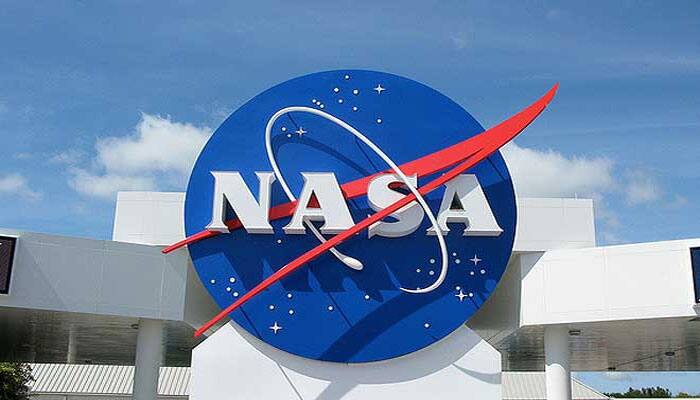Washington: After NASA's first attempt at deploying an inflatable habitat on the International Space Station - crucial for future deep space exploration - failed, the US space agency will make another attempt on Saturday.
The first attempt on Thursday failed because the module’s length and diametre did not increase with the increased internal pressure, as expected, the US space agency said.
NASA ended the attempt after two hours because the habitat - Bigelow Expandable Activity Module (BEAM) -- failed to expand fully, The Verge reported on Friday.
"We ran into higher forces than we believe our models predicted, and we approached pressures that weren't part of our models," Jason Crusan, director of Advanced Exploration Systems at NASA Headquarters in Washington, was quoted as saying.
"The primary force that we believe that we are working against are friction forces between the fabrics. Those are the part that are most likely the contributing factor," Crusan added.
However, the NASA and Bigelow Aerospace will make a second attempt on Saturday, to expand the habitat, currently attached to the International Space Station, the US Space agency said in a statement.
Expandable habitats are designed to take up less room on a spacecraft, but provide greater volume for living and working in space once expanded.
This first test of an expandable module will allow investigators to gauge how well the habitat performs and specifically, how well it protects against solar radiation, space debris and the temperature extremes of space.
During initial operations on Thursday to expand BEAM, the module’s length and diameter did not increase with the increased internal pressure, as expected, the statement added.
Teams stood down from operations for the day and engineers depressurised the habitat on Friday afternoon.
NASA astronaut Jeff Williams again will lead operations to expand the module while they are in position to work in the sunlight.
Designers need daylight and video communication to closely monitor the process. After successful expansion, a series of leak checks, and other preparations, space station astronauts will enter the habitat through the station’s Tranquility module, NASA said.
They will re-enter the module several times a year, throughout the two-year technology demonstration, to retrieve sensor data and assess conditions inside the module.
The BEAM is a technology demonstration to study expandable habitats in space. It was launched on April 8 to the orbiting laboratory aboard a SpaceX Dragon cargo spacecraft from Cape Canaveral Air Force Station in Florida, and was installed on April 16.
















